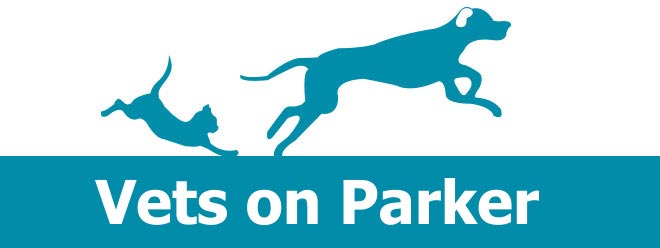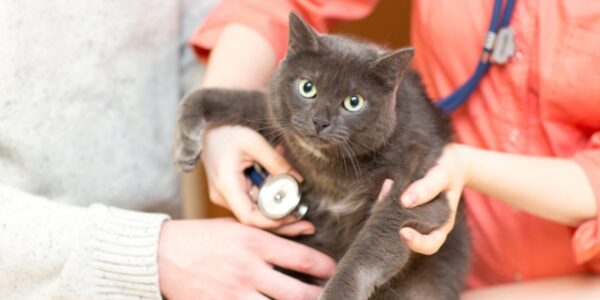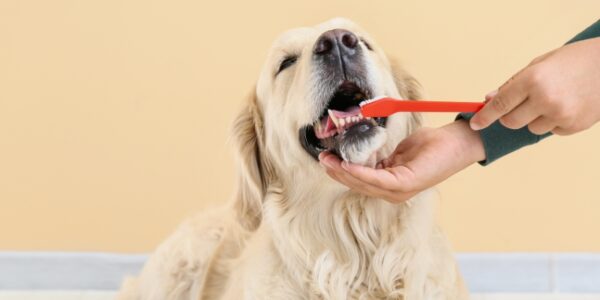Complimentary Dental Checks for August
August is National Pet Dental Health Month, and Vets on Parker is celebrating with a special offer. From July 14 to August 30, enjoy complimentary dental checks for cats and dogs with our trained nurses. This is the perfect opportunity to ensure your pet’s oral health is exactly where it should be.
Save $150 on Dental Procedures
If a dental procedure, such as a cleaning or treatment under anaesthesia, is recommended after your pet’s check-up, you’ll receive a $150 discount off the procedure when you schedule it for August or September.
Routine dental cleaning helps prevent irreversible dental diseases and maintains your pet’s oral health. So, don’t forget to take advantage of this offer to protect your pet’s dental health. Book your appointment today!
Keep Your Pet’s Smile Bright with Our Pet Dental Care Services
Your furry friend’s smile is more than just adorable – it’s a window to their overall health. Just like humans, pets need regular dental care to prevent tooth decay, gum disease, and bad breath. At Vets on Parker, we offer comprehensive pet dentistry services in Melbourne, ensuring your pets maintain healthy teeth and gums for a happier, longer life.
Dog & Puppy Dental CareCat & Kitten Dental Care
Why Pet Dental Health Matters
Did you know that by age three, most cats and dogs show signs of dental disease? It’s an often overlooked aspect of pet care, but dental health is crucial to your pet’s well-being. Dental problems can lead to pain, difficulty eating, and even more severe health issues like heart, liver, and kidney disease. That’s why regular dental check-ups and cleanings are so important.
Signs Your Pet Might Need Dental Care
Wondering if it’s time to book a dental check-up? Keep an eye out for these common signs of dental problems in pets:
1. Bad breath
Persistent bad breath could be a sign of dental disease.
2. Yellow or brown teeth
Plaque and tartar build-up can lead to more serious dental issues.
3. Drooling
Excessive drooling, especially with blood, may indicate oral issues.
4. Difficulty eating
If your pet is chewing on one side of the mouth or dropping food, it’s time for a dental visit.
5. Pawing at the mouth
This could mean your pet is experiencing pain or discomfort.
If you notice any of these signs, don’t wait, schedule a dental appointment with us today.
Our Dental Care Services
Vets on Parker offers a full range of dental services tailored to your pet’s needs, from preventive care to advanced dental treatments.
- Dental Examinations and Cleanings
- Dental X-Rays
- Extractions and Oral Surgery
- Treatment for Gum Disease
- Home Dental Care Guidance
The health and happiness of your pet is our top priority at Vets on Parker. Explore our pet dental care services and get started on a dental treatment plan for your pet!




